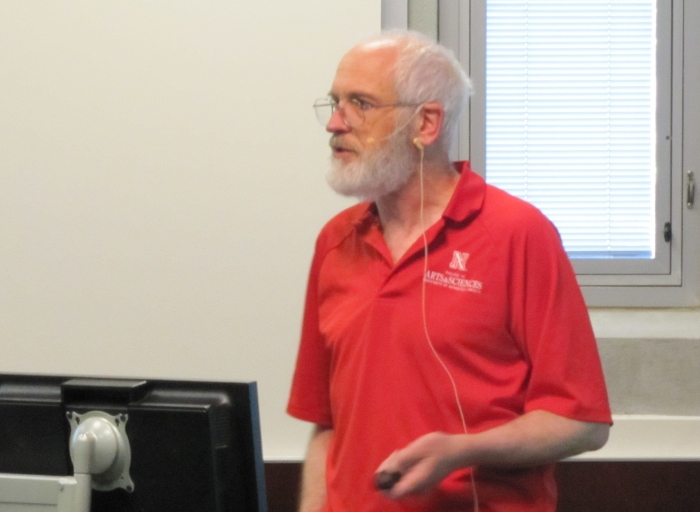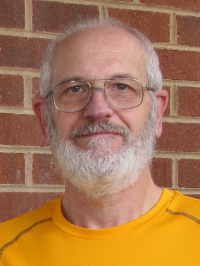NIMBioS Seminar Series
In conjunction with the interdisciplinary activities of the National Institute for Mathematical and Biological Synthesis (NIMBioS), a seminar series on topics in mathematical biology will be hosted at NIMBioS every other Tuesday at 3:30 p.m. (unless otherwise noted) in the Hallam Auditorium, Room 206, Claxton Building, 1122 Volunteer Blvd. Seminar speakers will focus on their research initiatives at the interface of mathematics and many areas of the life sciences. Light refreshments will be served in Room 205 beginning 30 minutes before each talk. Faculty and students from across the UT community are welcome to join us.
Speaker:
Dr. Glenn Ledder, Mathematics, Univ. of Nebraska, Lincoln; NIMBioS Sabbatical Fellow
Time/Date: Thursday, April 14, 2016, 3:30*
Location:
Room 206, Claxton Building, 1122 Volunteer Blvd.
Topic:
Allocation of Resources in Two-Component Systems
Abstract:
How plants allocate resources towards different functions, such as light-absorption by shoots versus nutrient and water-absorption by roots, is a critical determinant of their growth and survival. Yet, the mechanisms underlying such differential allocation in heterogeneous environments are unknown. It is generally thought that plants allocate resources to achieve optimal growth, but this would require central planning, a capacity that plants are unlikely to have. An alternative hypothesis is that differential allocation is accomplished through local allocation rules operating independently in roots and shoots, with each of these components acting selfishly, as happens in obligate syntrophy. We describe a simple model for a plant as a system of "roots" and "shoots" that collect "carbon" and "nitrogen," respectively. Nitrogen collected by roots is sent directly to a root synthesizing unit to be combined with carbon into new root tissue. Any excess (unused) nitrogen is passed from the roots to the shoots. Similarly, carbon collected by shoots goes to the shoot synthesizing unit, with any excess sent to the roots. Analysis shows that this selfish allocation protocol manages to yield patterns consistent with those generated by a model of optimal plant growth, for synthesizing unit models defined with both a simplified Liebig minimum rule and a more realistic co-limitation model.
*Join us for refreshments at 3 p.m.
Seminar Flyer (pdf)
For more information about this and other NIMBioS Seminars, visit /seminars.

NIMBioS
1122 Volunteer Blvd., Suite 106
University of Tennessee
Knoxville,
TN 37996-3410
PH: (865) 974-9334
FAX: (865) 974-9461
Contact NIMBioS



